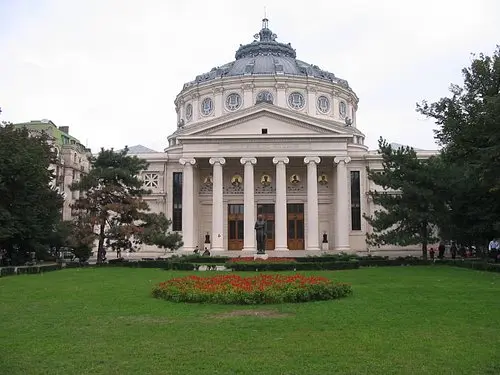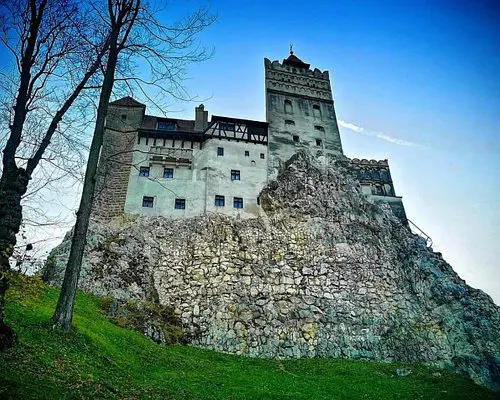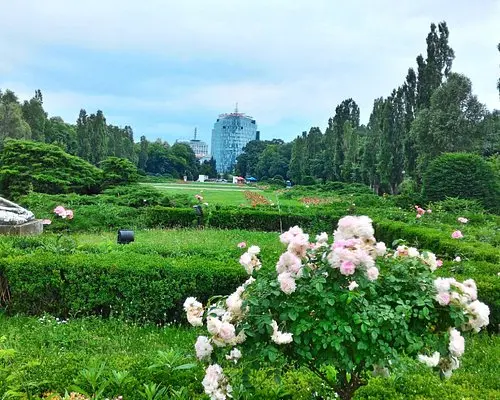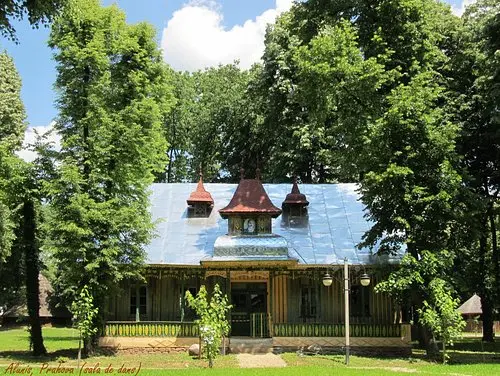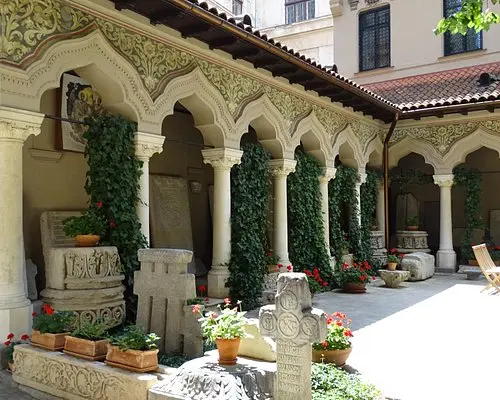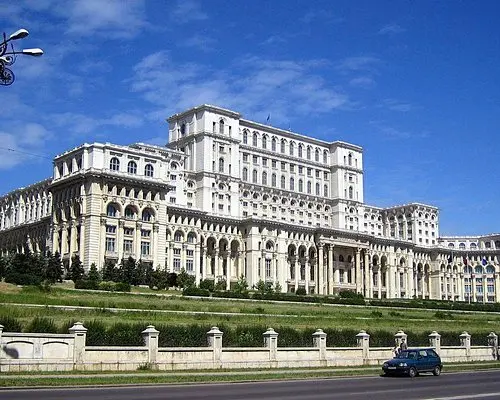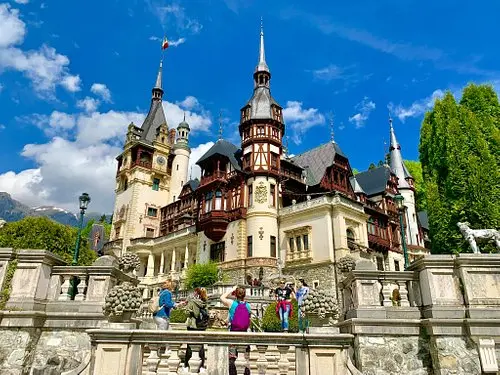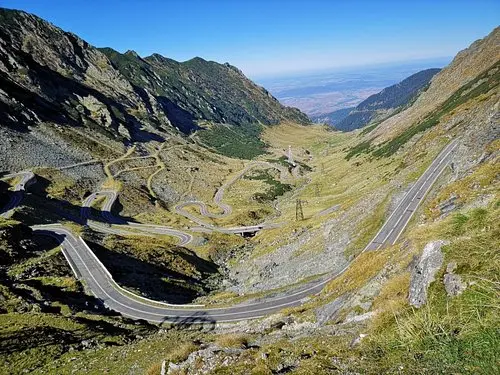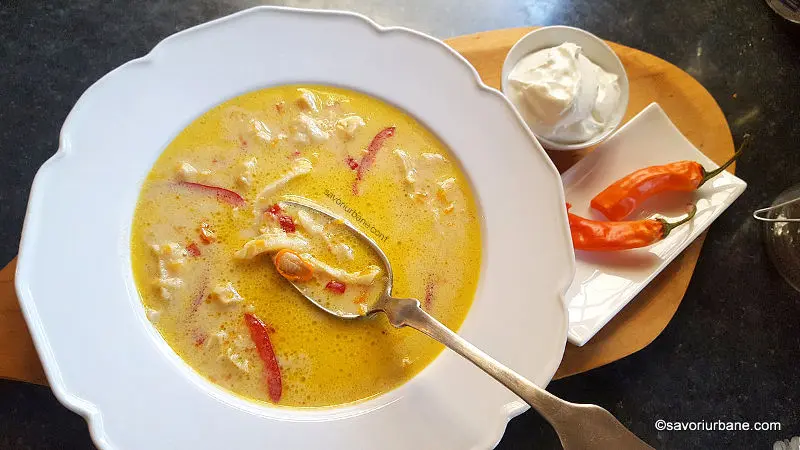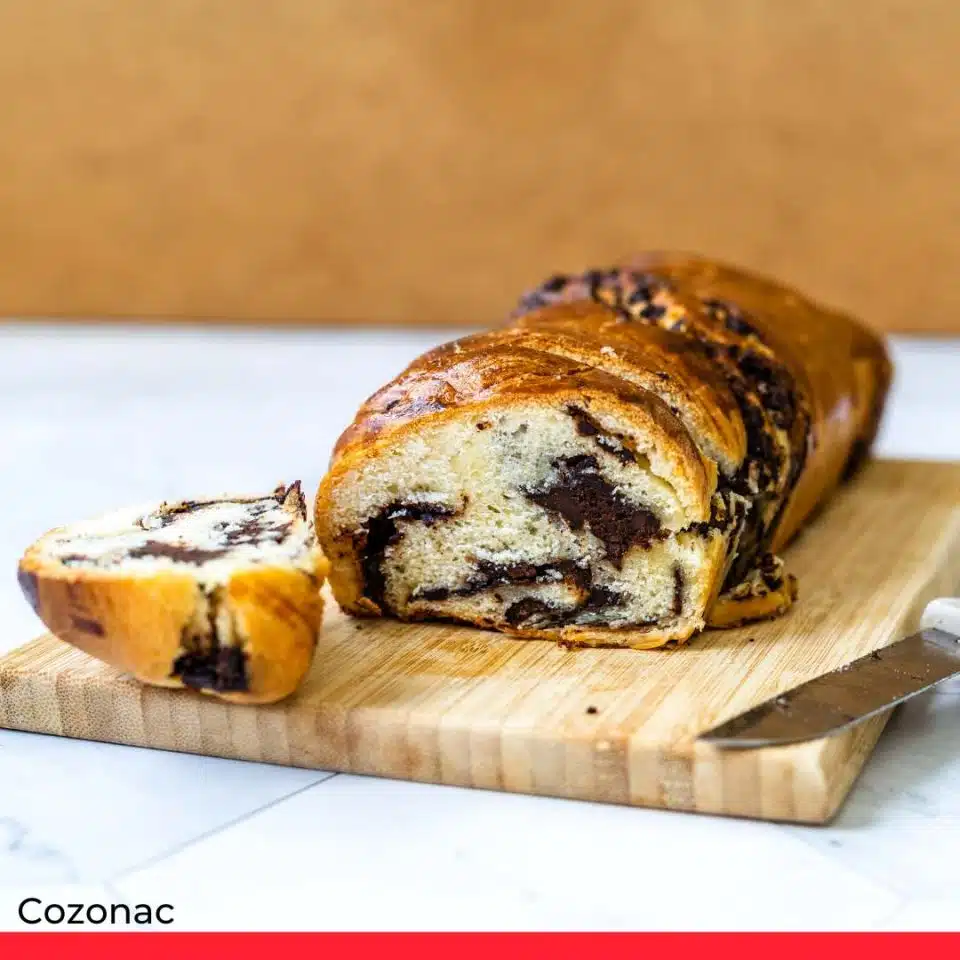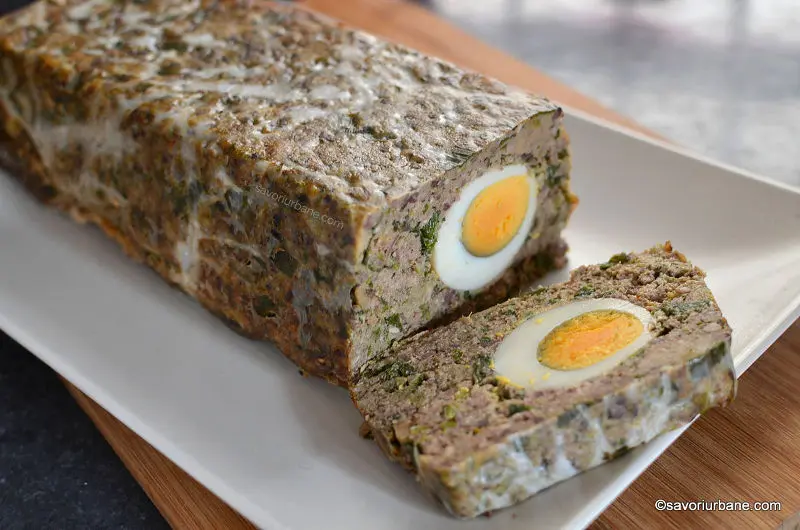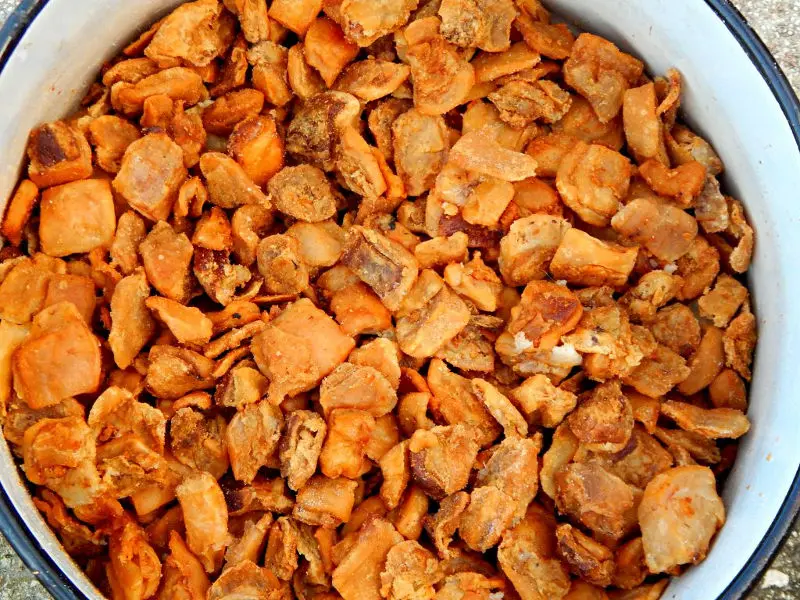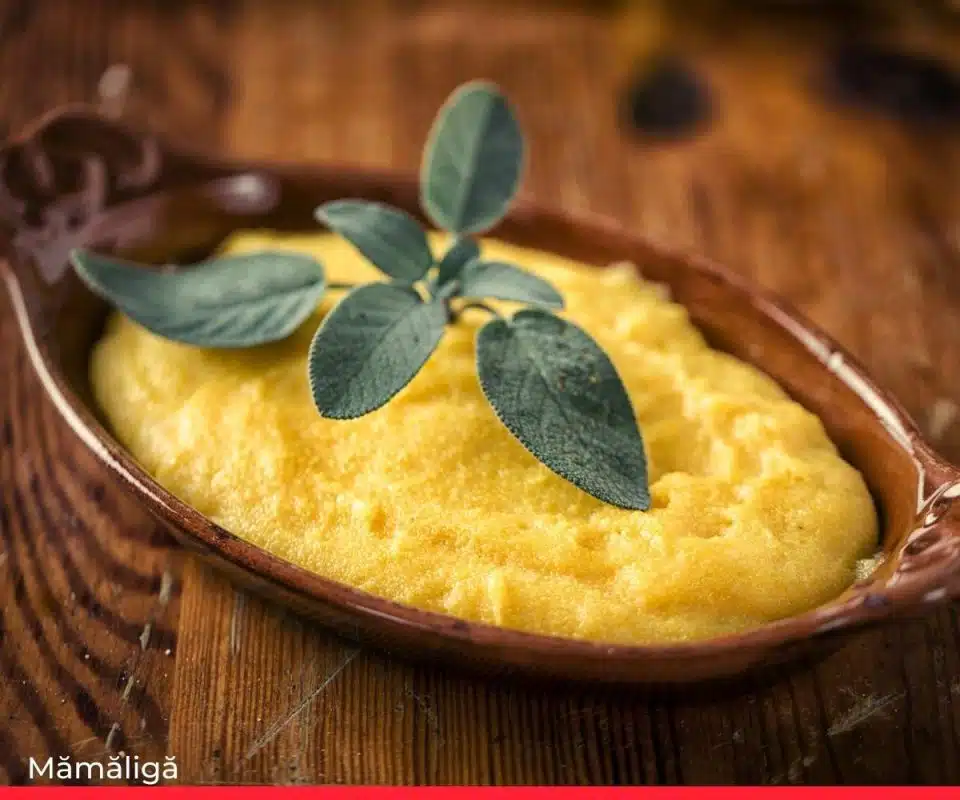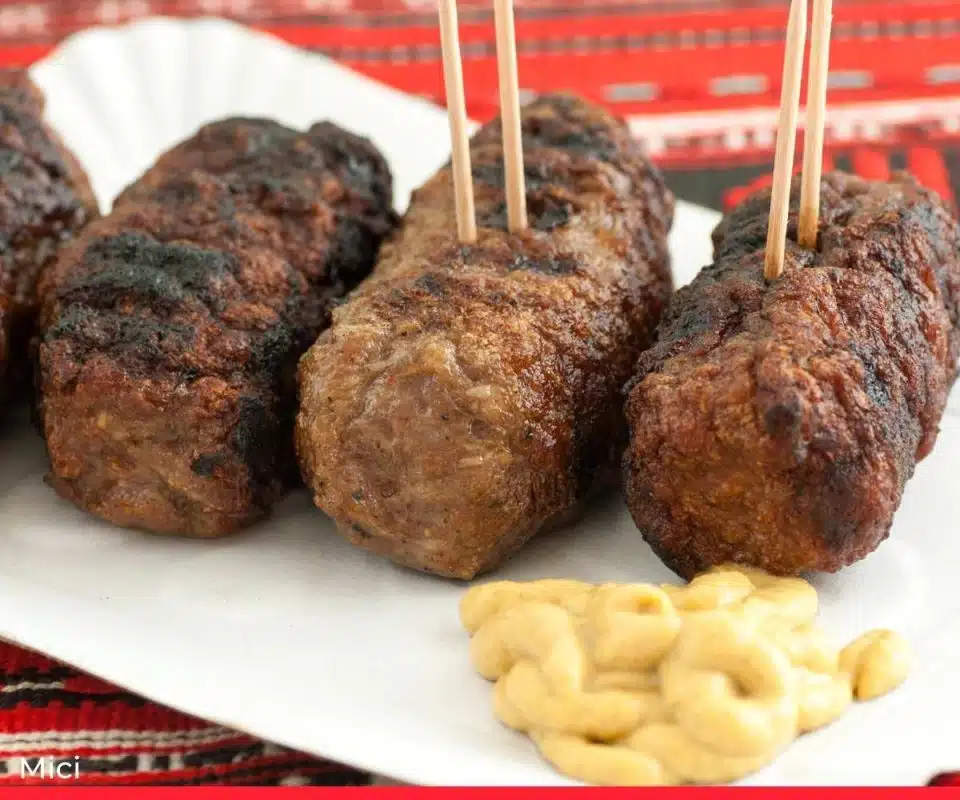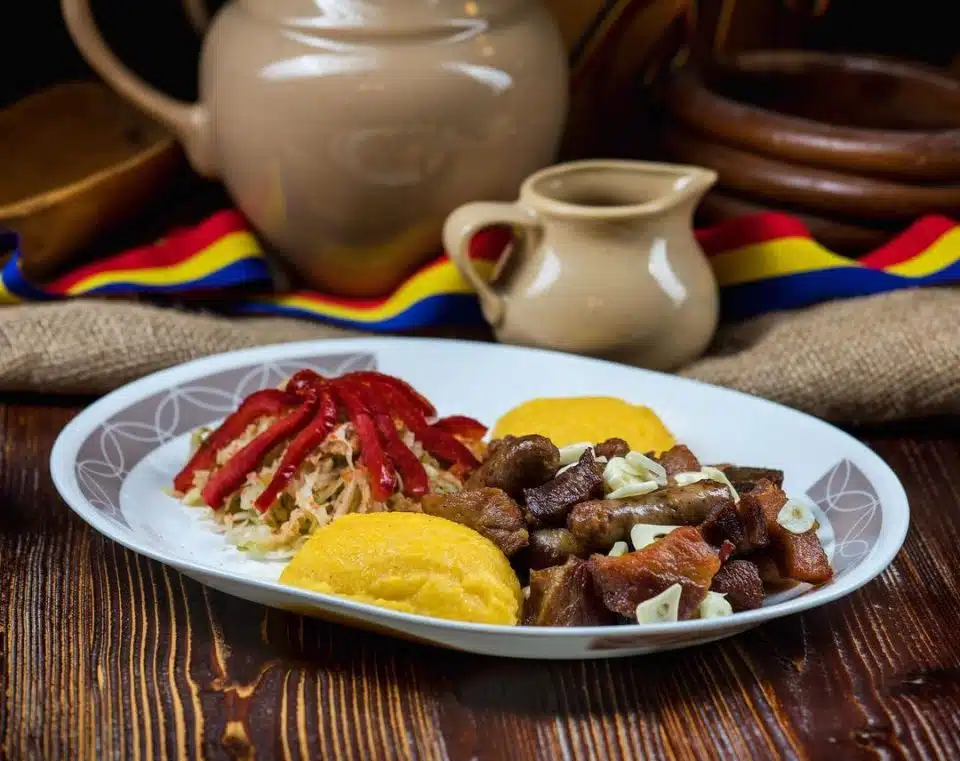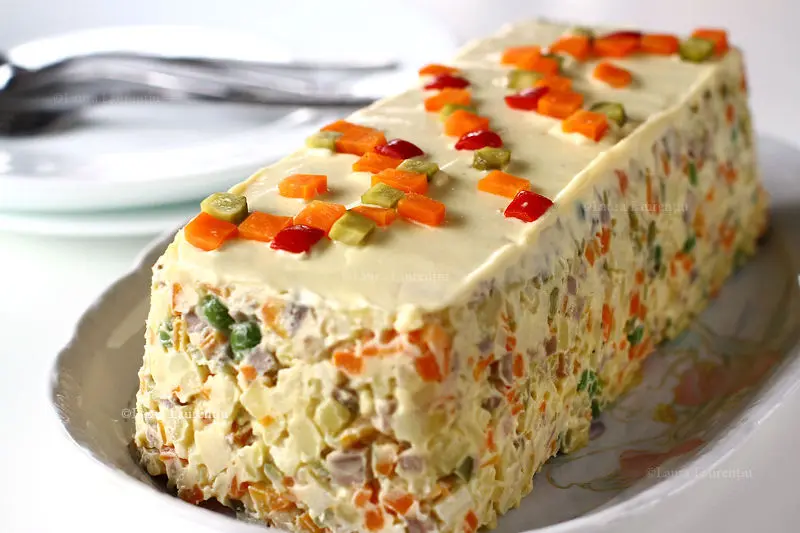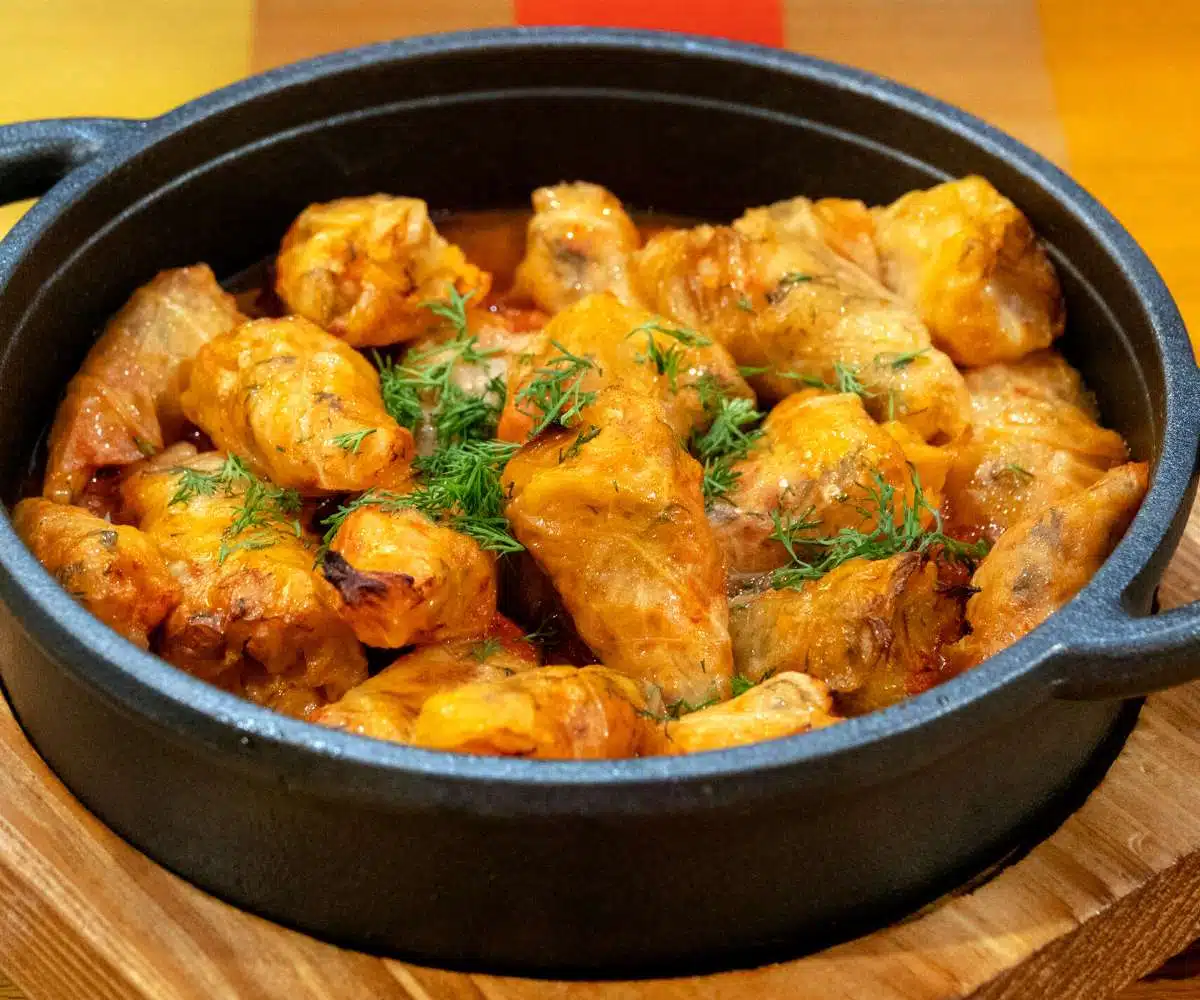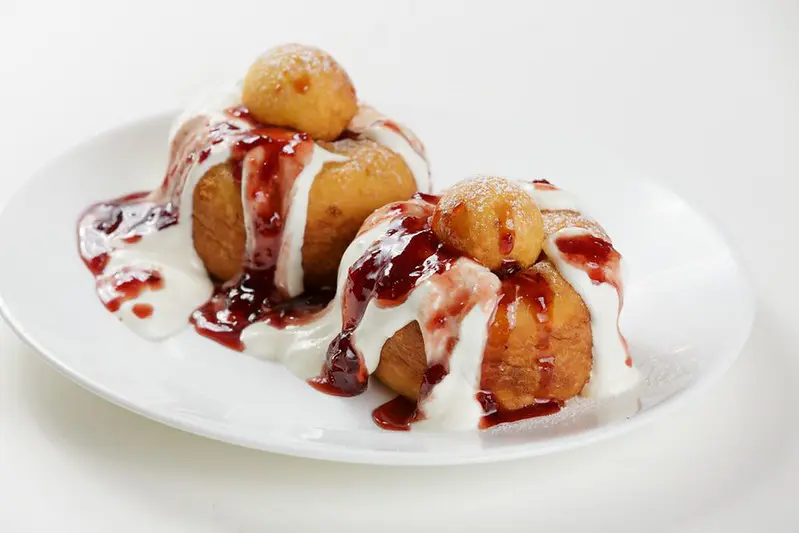Romania is a country of southeastern Europe whose national capital is Bucharest. It has a rich and diverse history, influenced by various cultures and civilizations that have shaped its identity and heritage.
- Romania's earliest inhabitants were the Thracians, who settled in the Carpathian-Danube region around 2000 BCE and intermingled with the native Neolithic peoples.
- Romania's territory was part of the ancient kingdom of Dacia, which was conquered by the Roman Empire in the 2nd century CE and became a province of Rome. The Romanization of the Dacians led to the emergence of the Romanian language, a Romance language derived from Latin.
- Romania's modern state was formed in 1859 through a personal union of the Danubian Principalities of Moldavia and Wallachia, which gained their independence from the Ottoman Empire in the 19th century.
- Romania joined the Triple Alliance in World War I and fought against the Central Powers, but switched sides in 1916 and joined the Entente. After the war, Romania gained new territories from Austria-Hungary and Russia, becoming the largest country in Southeastern Europe.
Romania faced political and social turmoil in the interwar period, as well as the rise of fascism and authoritarianism. In World War II, Romania allied with Nazi Germany and participated in the invasion of the Soviet Union, but changed sides again in 1944 and joined the Allies. After the war, Romania became a communist state under the influence of the Soviet Union.
